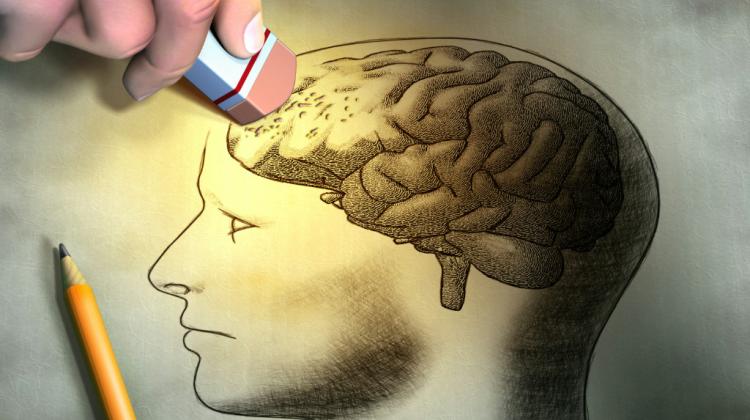Polish medical historian discovered the identity of a mysterious nineteenth-century patient with aphasia

Cezary Domański from Maria Curie-Skłodowska University in Lublin discovered the identity of the patient whose brain contributed to the nineteenth century milestone in neurological research.
The mysterious patient was Louis Leborgne, French craftsman who battled epilepsy his entire life. While studying the damage to his brain, Paul Broca discovered the speech center in the human brain, described Domański in the Journal of the History of the Neurosciences.
In 1840, a patient was admitted to the Bicêtre Hospital near Paris for aphasia. The condition of the patient, known as Monsieur Leborgne or Tan for the only word he spoke, continued to deteriorate. In 1861, Tan came to the famous neurologist Paul Broca\'s ward.
Leborgne died shortly after, and Broca performed his autopsy. During the autopsy, the scientist discovered a lesion in an area in the left lobe of the brain. Broca concluded that this area in the human brain was responsible for controlling speech. Currently, this region of the brain is called Broca’s area.
"Tan was the first patient whose case proved that damage to a specific part of the brain causes specific speech disorders" - explained Domański.
However, Leborgne\'a exact identity remained unknown. Many historians believed he was a poor, illiterate labourer, others believed others said he had gone mad from syphilis, which caused aphasia.
Domański was able to reconstruct the patient’s identity, even though it was not an easy task. Finally, in old medical records he found a death certificate for Louis Victor Leborgne, born in 1809 in Moret.
Then he determined that Leborgne was one of seven children, his father was a teacher, and the siblings were educated. Leborgne moved to Paris as a child. He had apparently suffered epilepsy since childhood.
Despite this, he became a craftsman and a church keeper. He worked there until the age of 30, when he was taken to the hospital with aphasia. Epilepsy was the likely cause of the damage to the brain.
In the hospital, his condition continued to deteriorate and he eventually became paralysed and bedridden. He underwent surgery for gangrene. He was already dying when Broca first encountered him.
PAP - Science and Scholarship in Poland
krx/ agt/ mrt/
tr. RL
Przed dodaniem komentarza prosimy o zapoznanie z Regulaminem forum serwisu Nauka w Polsce.















